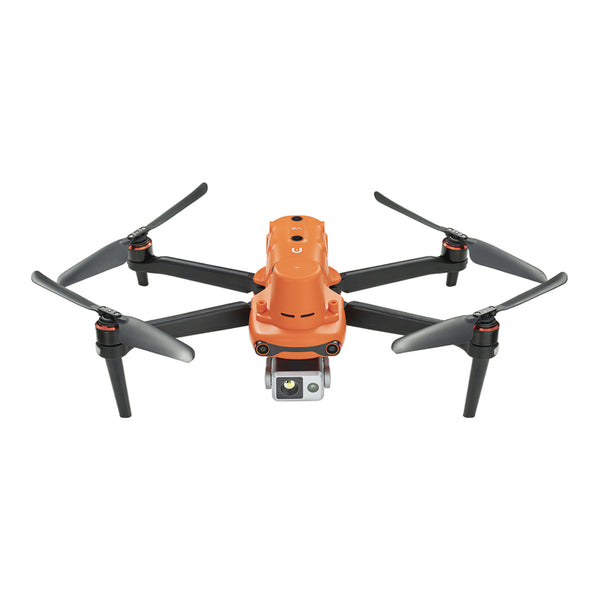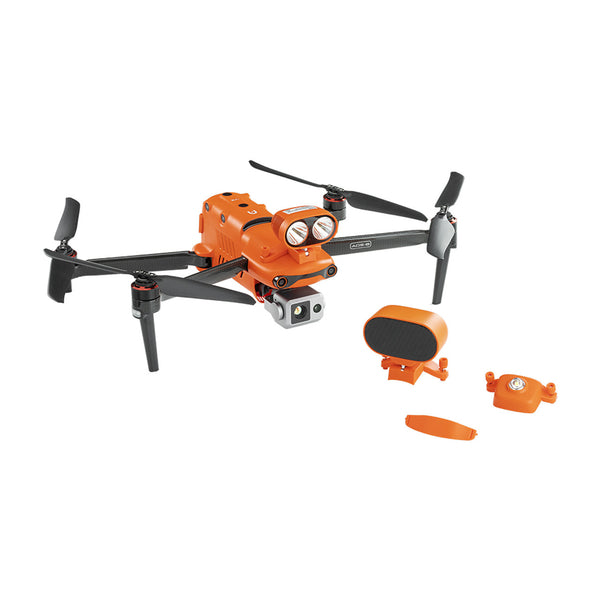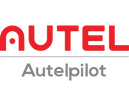The field of aerial drone inspections is vast, and wind turbine drone inspections emerge as a cost-effective solution. Drone coverage of wind turbine inspections will be an important tool to quickly and efficiently collect important information and reduce the risk index of inspections.
The continuous strengthening of clean energy policies will make wind power generation more and more important. The wind power inspection drone will be equipped with high-resolution RGB imaging, thermal imaging lens, optical zoom capability, and extended flight time to improve wind power inspection.

Why do you need wind turbines inspection drones?
Drones for wind turbine inspections are a game changer for wind farm inspections.
Wind turbines focus on inspection structures including towers, nacelles and hubs, as well as blades. Wind turbines are located outdoors all day without any shelter, so they are subject to external environmental factors such as hail, snow, lightning, rain, salt and dust, while their own wear and tear is also a hidden danger.
Common defects of wind turbines include:
- Towers: cracks, damage, paint peeling, corrosion
- Blades: cracks, damage, paint peeling, deformation, lightning strikes, water ingress
- Nacelles: lightning strikes, cracks, damage, corrosion, oil cracking, paint peeling
- Hubs: tilt, loose connections, damage
Drones are a breeze for wind farm inspections. A commercial drone can inspect a wind turbine in almost 3-4 hours, while for traditional wind farm manual inspections, this takes almost two days and is dangerous.
Drone inspections of wind turbines are cheaper than manned inspections, and they have the ability to collect data with high accuracy, simplifying the workflow and enabling large-area inspections to be performed quickly.

Most importantly, using drones instead of humans to collect inspection data inside turbines improves safety. Mechanical and physical hazards such as noise, temperature, vibration, electrical, moving parts, insufficient lighting, entanglement, slips or falls are also potential hazards when working in wind turbines, all of which can be avoided by using drones.
Traditional inspection of wind turbines vs. drone inspection
Wind power is an important renewable clean energy source, and inspection and maintenance of wind farms are essential. The average height of land-based wind turbines is over 200 feet, a blade is over 30 meters long, and can weigh several tons. As wind turbines continue to grow in size, the safety inspection of wind farms has become more challenging.
Traditional inspection of wind turbines

Traditional inspection of wind turbines includes rope access or platform and ground inspection.
Rope access inspection refers to the formation of a team of rope access technicians who will use ropes and tether systems to climb inside and outside the turbine structure. This requires shutting down the wind turbine.
During the climb, they will conduct a visual inspection to observe with the naked eye for any abnormalities that indicate defects that may require maintenance.
Ground inspection refers to the ground photographer taking images to capture defects and find parts to be repaired when the wind turbine blades rotate slowly or not at all in low wind or no wind conditions.
Rope access allows for a closer look at damage, but is time-consuming, with each team of technicians typically only able to inspect 1-2 turbines per day, and the risk factor and insurance costs of working at height are high.
Ground inspections are safer, but are also time-consuming, and because the images are taken at different angles, they are likely to produce a lot of unimportant data, and the damage cannot be accurately measured and located.
Drone inspections of wind turbines

Drone inspections of wind turbines focus on increasing inspection speed, improving accuracy, and reducing risk to technicians.
Drones are well suited to working at height, and commercial drones are typically able to operate at a maximum service ceiling of more than 7km. Drones can quickly take off and circle wind turbines for a full, three-dimensional inspection, and can be equipped with high-resolution cameras and thermal imaging to help with quick inspections.
During drone inspections of wind turbines, the entire process is transmitted in real time. Inspectors can identify missing bolts, lightning damage, and other defects that threaten the function and life of the turbine.
Advantages of Wind Power Inspection Drones

Intelligent: In the future, the wind power inspection drone will be more intelligent, with more accurate autonomous navigation and obstacle avoidance capabilities. It can independently formulate inspection routes according to the actual situation of the wind farm, optimize the inspection plan, and improve inspection efficiency and safety. sex. At the same time, it will also be equipped with more advanced sensor equipment, such as multi-spectral cameras, infrared cameras, etc., to further improve the accuracy and reliability of inspection data.
Cloud-based: In the future, wind power inspection drones will be more cloud-based, which can realize real-time data collection and processing through cloud computing technology, and improve the efficiency of data analysis and application. At the same time, remote monitoring and control can be carried out through the cloud platform to realize remote operation and management of drones and improve the safety and efficiency of inspections.
Automation: In the future, wind power inspection drones will be more automated, and can realize autonomous identification and judgment through AI technology, and can automatically identify and deal with abnormalities in inspection data, and report and solve problems in a timely manner. At the same time, it can also realize more intelligent and convenient inspection work through functions such as autonomous charging and autonomous take-off and landing.
Could Autel corporate drones be used for wind turbine inspections?

Autel enterprise drone has excellent performance, replaceable load, long-term flight time, high-definition 6k imaging, and thermal imager load with 640*512 resolution, providing guarantee for high-altitude inspection tasks.
The Autel 640T Enterprise V3 drone is capable of capturing accurate data using thermal imaging to prevent potential electrical issues. 16x hybrid zoom locates hot spots and repairs defects, and captures thermal image data, which can effectively improve work efficiency and reduce wind power generation costs.

Autel Robotics EVO II Dual 640T RTK V3 Thermal Drone Rugged Bundle
$5799.00 USD
Autel MAX 4T, as the leading generation of enterprise drones among Autel drones, can achieve a maximum 160x zoom, autonomous task cruise, A-Mesh networking technology covering the drone network, and a laser rangefinder covering up to 1200m, it is an emerging industry that can effectively conduct inspections, testing, maintenance and management of wind farms, and can also ensure the safety of staff.

Autel Robotics EVO II Dual 640T V3 Thermal Drone Enterprise Bundle
$5299.00 USD
Therefore, wind power inspection drone is an industry with great development prospects and potential. With the further upgrading and improvement of technology in the future, its role and importance in the field of wind power inspection will become more and more important.
View More:Drone Inspection Of Offshore Wind Farms








